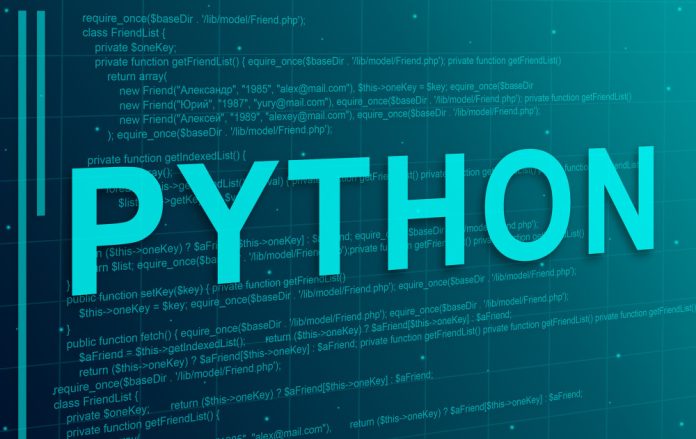Python is a programming language that is extremely popular nowadays. Despite the fact that it is not the greatest, its performance is excellent, and it comes with a large amount of documentation and libraries. It is also comfortable and simple to use.
Python also adheres to the notion of “batteries included,” which means that it attempts to supply as standard practically everything that you will likely require.
In this post, we’ll look at some Python features that aren’t widely recognized but that are nonetheless interesting and valuable in their own right, and if you want to be among the best python programmers, you should know about them very well.
Contents of Post
Parameter in Python
Are you utilizing a function, wondering how to make a function in Python, and attempting to pass values to it so that it can process the information? If that’s the case, you’re attempting to supply arguments to the parameters of that method in order for them to return a value.
Parameters are just values that are associated with a function or with a variable. You’ll have one or more python function parameters that you expect to be processed for each function that you write in your code.
So, there are a variety of approaches that may be used to develop them. Most of the time, the values of the inputs to be processed will be supplied to the parameters of the function, which will then carry out some logic and return a value to the user.
Good Support for Web Development

Python’s web development frameworks, such as Django, Flask, and others, provide excellent support for web development.
A server-side web application can be developed and integrated with any frontend using this framework. In general, developers utilize JavaScript for the frontend and Python for server-side operations to support their projects. Python is not natively implemented in browsers.
Django is a Python web framework that is one of the most widely used. These frameworks provide a packaged solution that has a defined structure and allows database interfaces with ease; all of this may be configured with a single command in the configuration file.
Python Variants
Python includes a C derivative known as CPython that allows it to take advantage of some of the advantages of C, such as the use of pointers, which is useful because Python does not natively support pointers; instead, values are passed by reference.
There is also a Java equivalent known as Jython, which, among other things, allows the program to execute in a virtual machine environment.
Games Development

Python is a programming language that facilitates game development. Its Pygame library is quite beneficial. It supports the creation of art, music, sound, video, and multimedia projects, all of which may be done with it.
Web Scraping
Every day, you are exposed to a large amount of data in a variety of settings. Web scraping is a technique for gaining access to information on the internet quickly and easily.
Python makes this process much easier with its incredible support and libraries, which are available for free. The program makes it simple to scan and consume unstructured data from the web, as well as to perform additional analysis and actions on it once it has been parsed and consumed.
Automation and Scripting
Many tasks can be automated with as little as 4-5 lines of code, which is a significant time-saving. All of this can be accomplished with a few lines of Python code, including setting up cron jobs and reminders, as well as downloading your favorite YouTube videos.
Data Science and Machine Learning

Using Python, you may manipulate, analyze, and perform complex algorithms involving large datasets. Data analysis and visualization are typically simple functions or a few lines of code that may be accomplished with Python libraries such as NumPy, sci-kit-learn, etc.
Python Is Open Source
Open-source refers to the fact that it is free and open-source so that the Python community can contribute to the ecosystem by updating programs, libraries, and modules that have been written by the same community of programmers as the Python community.
Python Has One of the Most Active Communities of Any Programming Language
Python is supported by a large and active community, owing to the fact that it is open source. That, of course, makes studying it easier because there are more people who are ready to share their knowledge and assist those who are just getting their feet wet.
The Bottom Line
Python is presently the most widely used programming language on the internet. Learning it and applying it in their fields of interest is something that people as diverse as children, students, instructors, researchers of all types (social sciences, biology, medicine, economics, etc.), professionals in finance, insurance, marketing, developers, analysts, and data scientists can all do.
With its ease of use, versatility, and power, Python has emerged as the all-around programming language that can assist in increasing digital literacy across a wide range of demographic groups, making programming accessible to individuals and professionals of all backgrounds and skill levels.









